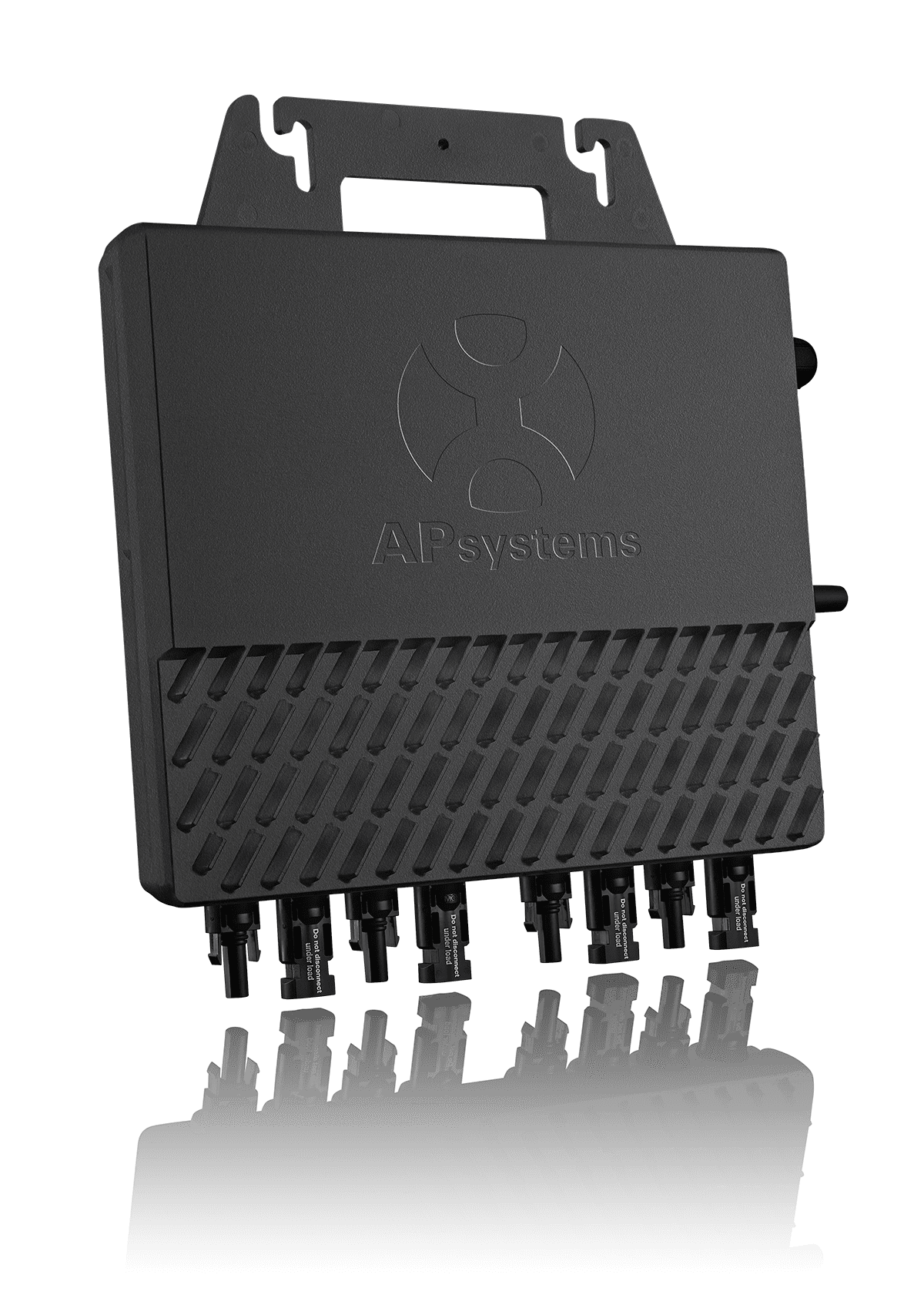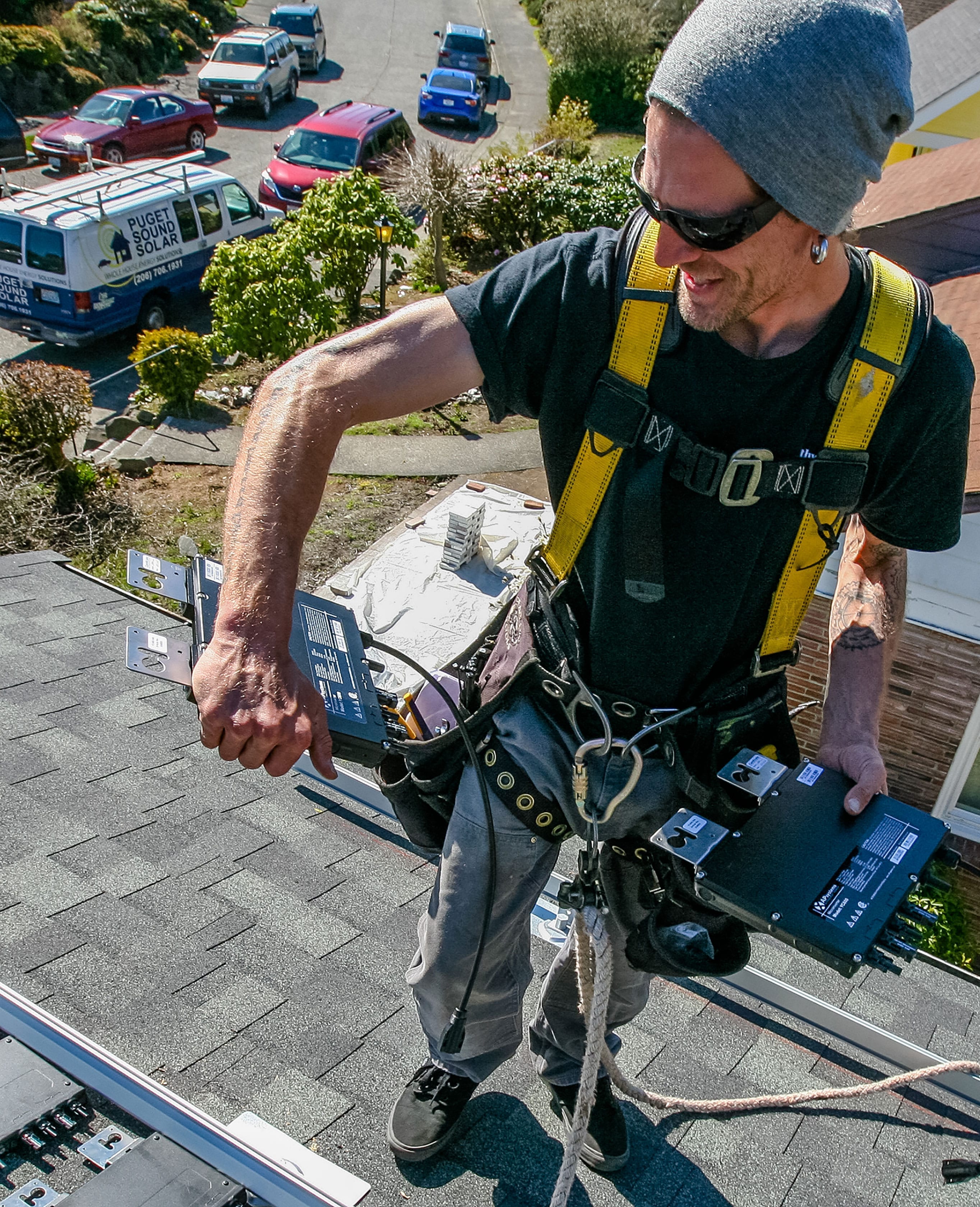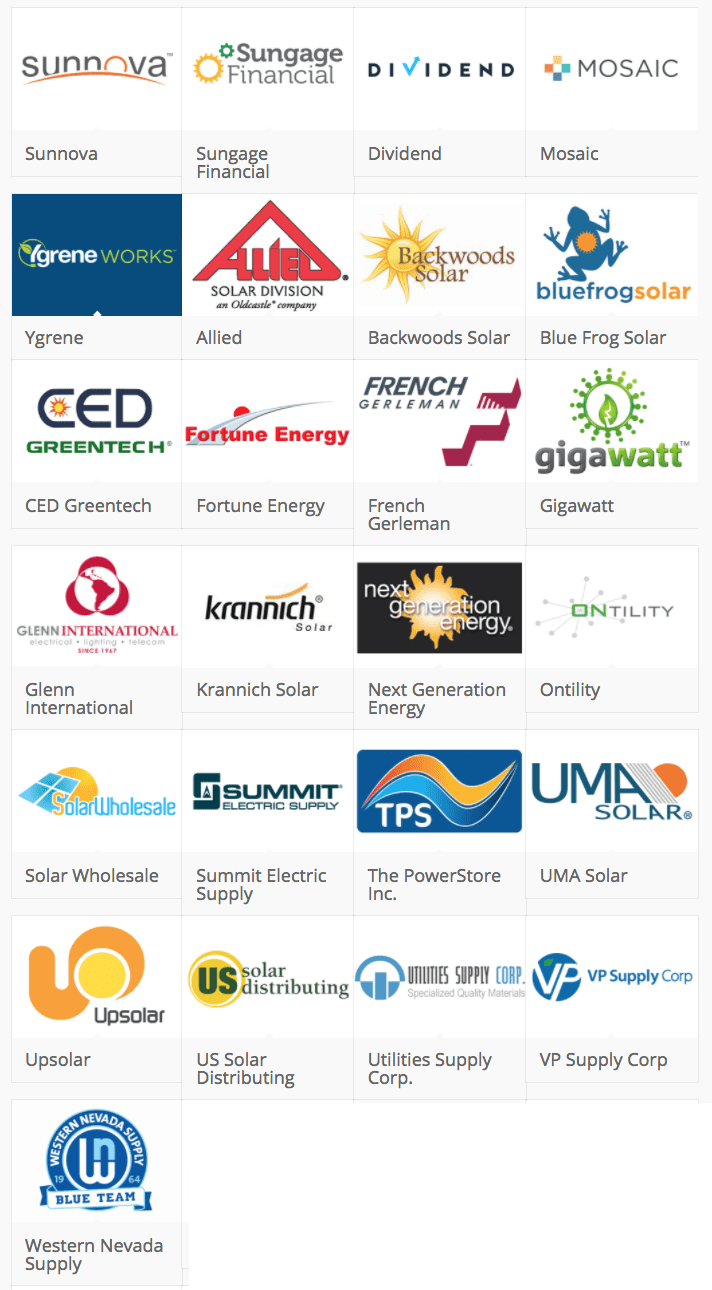APsystems Launches QS1 Four-Module 1200W AC Microinverter
**FOR IMMEDIATE RELEASE**
ANAHEIM – September 24th, 2018 – APsystems unveils the QS1, a four-module, single phase microinverter for residential applications at the Solar Power International trade show in Anaheim. A new design for APsystems, the QS1 offers 75% faster installation time, while offering the highest peak output power and up to 3X faster data transmission speed than PLC. A wider MPPT voltage range will result in a greater energy harvest for homeowners.
The first of its kind, the QS1 is designed to accommodate today’s high output PV panels up to 375W, offering 300W AC output per channel, the highest among microinverters. The unit also significantly reduces installation time and costs, taking the place of four conventional microinverters per each QS1 installed while still providing four independent MPPT.
The QS1 utilizes a common AC trunk cabling with the dual-module YC600, offering flexible mix-and-match compatibility on the same circuit to enhance site design capability and maximize circuit capacity. Both microinverters also utilize the same gateways; installers can choose from the ECU-R, for single or multi-residential installations, or the ECU-C, for applications requiring consumption monitoring and advanced contact/relay features.
“Compatibility with the existing YC600 microinverter system gives the QS1 an unprecedented advantage,” said APsystems Chief Technology Officer Dr. Yuhao Luo. “Mixing dual and quad microinverters in the same system adds design flexibility while offering a strong inventory and installation labor advantage over conventional microinverters.”
Today’s solar systems require a more robust communication architecture to manage significantly more data points and in-field software updates. A 2.4GHz wireless Zigbee mesh network offers enhanced data transmissions speed, up to three times faster than conventional powerline communication (PLC).
The QS1 builds on the successful APsystems line of multi-module microinverters, offering reduced logistics costs, integrated communication and connection features, and a wider MPPT voltage range for greater energy harvest during low light conditions.
The new microinverter will be on display at the APsystems booth #2838 at Solar Power International.



































